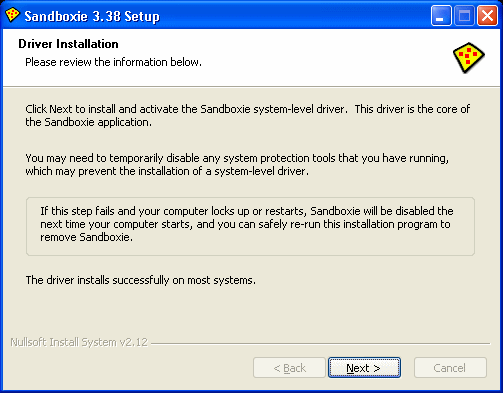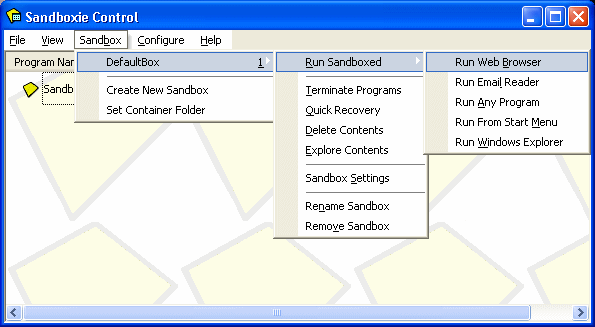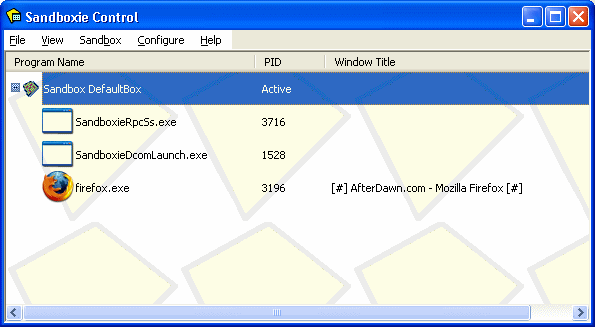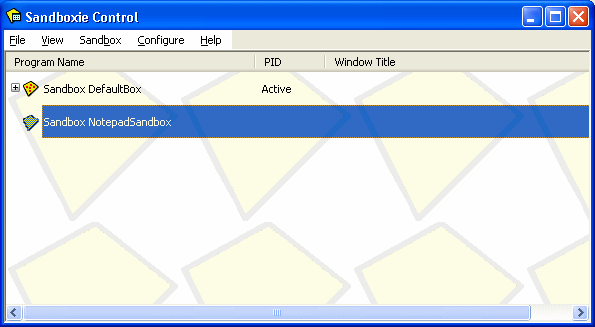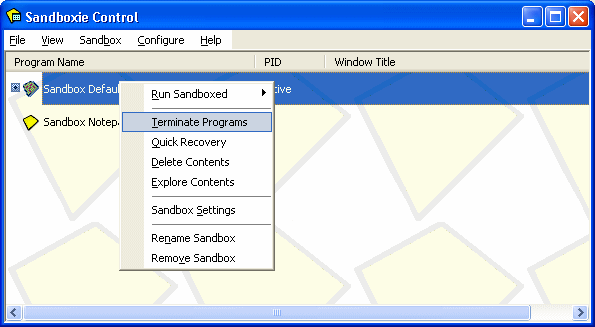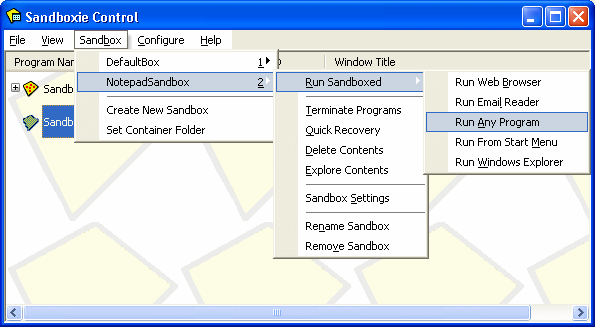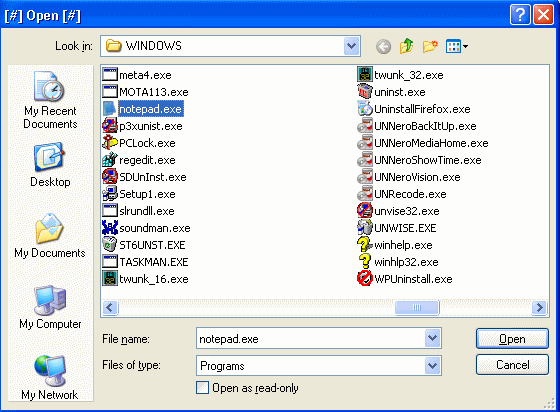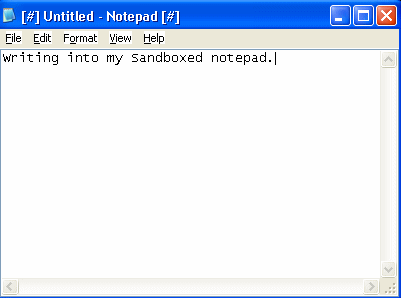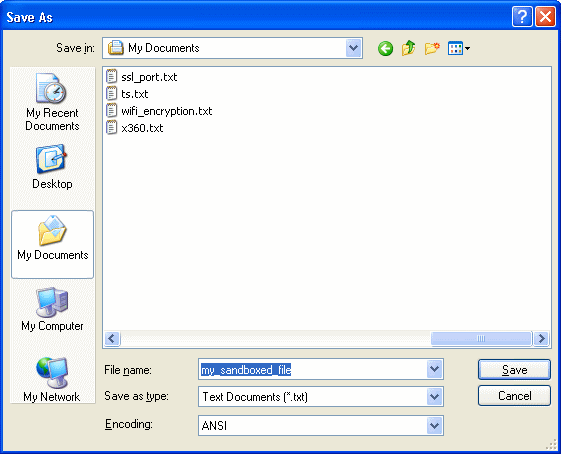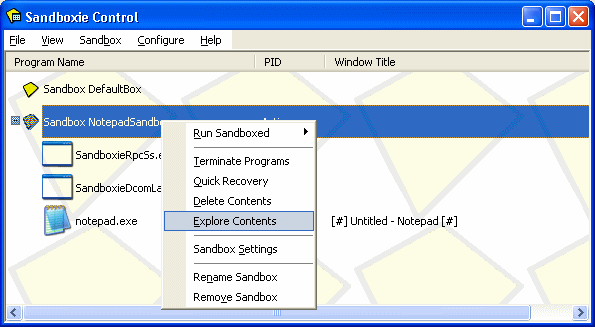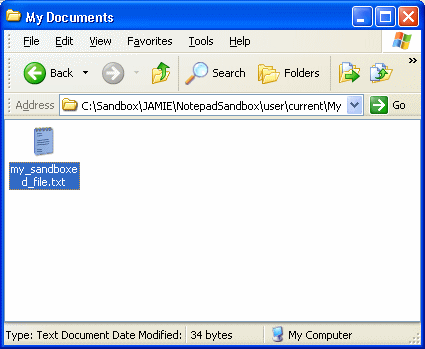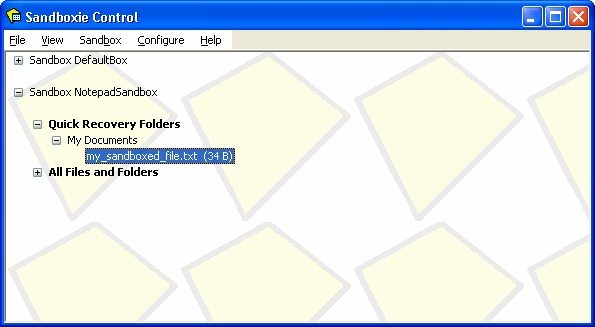Run potentially dangerous software safely
 Have you ever obtained an executable (EXE) file and been unsure about its safety? Maybe it's a trojan in disguise that your anti-virus won't pick up, perhaps sent as an attachment in an e-mail or maybe you found it on a file-sharing site or network. This also applies to other types of files too that you might think are unsafe - or maybe you just like to be safe all the time. This guide will show you how to run potentially harmful software without getting a nasty malware infection or a similar bad outcome.
Have you ever obtained an executable (EXE) file and been unsure about its safety? Maybe it's a trojan in disguise that your anti-virus won't pick up, perhaps sent as an attachment in an e-mail or maybe you found it on a file-sharing site or network. This also applies to other types of files too that you might think are unsafe - or maybe you just like to be safe all the time. This guide will show you how to run potentially harmful software without getting a nasty malware infection or a similar bad outcome.| Follow the Guide Author on Twitter: jamesdela@twitter |
Introduction & Requirements
| Software you must download and install | |
| Sandboxie | |
| Required: You must download and install Sandboxie from AfterDawn and install it on your computer. It is freeware. Download! |
| Follow the Guide Author on Twitter: jamesdela@twitter |

